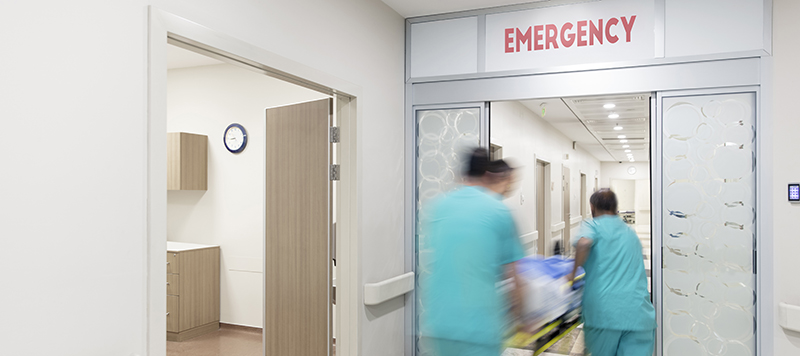End-of-life care in emergency departments: things we need to know
2394 0
A post written by Dr Oluwatomilayo (Tomi) Omoya, Associate Lecturer (Teaching and Research), College of Nursing and Health Sciences, Flinders University. Reproduced with kind permission from CareSearch.

The Emergency Department (ED) is a place of variety. When you work in ED, you become a ‘jack of all trades’ because you see various patients with many different reasons for seeking ED care. When we think of ED we may think of it as a place providing treatment that will cure, save lives, or stabilise acute or chronic symptoms. Some patients will come to ED because that seems to be the only place to get the treatment that they require, and this may be especially true for patients seeking end-of-life care.
Patients at the end-of-life who come to ED often do not come for a curative treatment, but for reasons such as access to symptom management, supportive and maintenance care, goals of care implementation, and end-of-life discussions. These may not be the typical reasons we would think of for ED presentations, however, there have been increases in the number of people who present to ED across Australia seeking access to care at the end of life.
Now more than ever, ED staff need to have the knowledge and skills required to provide end-of-life care in a context that may contradict the goals of end-of-life care.
Sometimes ED staff endeavour to save the dying patient, regardless of whether treatment is futile, or if this treatment is in accordance with their own beliefs.
In my research examining end-of-life care provision in ED, staff said that caring for a patient and their families at the end of life was intensive because of:
- time and environmental constraints and
- the emotional burden of grief and loss, including coping with an unexpected death.
Patients having an Advance Care Planning (ACP) in place showed ED staff that the patient may be open to a discussion about treatment decisions. ‘Goals of Care’ documents were found to provide direction for current symptom management.
The ED is often responsible for making decisions that can determine the progression of care that will either benefit or disadvantage the trajectory of the patient’s journey.
End-of-life care will always be required in ED. The complexities that surround the decision about end-of-life care in ED can be minimised by ensuring a collaborative approach to decision making by medical, nursing and other ED personnel that is guided by the patient’s and family wishes, and positively contributes to the care of the patient.
To learn more, End-of-Life Essentials have a free, online learning module on ‘Emergency Department End-of-Life Care’ with topics including:
- The possibilities of end of life care in Emergency Departments
- How to have conversations on the future and advance care planning.
Links that readers may find helpful
Third-year Australian nursing students' attitudes, experiences, knowledge, and education concerning end-of-life care
Undergraduate nursing students’ construction of a good and bad death
Factors that influence nursing students' consensus about learning and end of life care: a multivariate approach (108kb pdf)

Dr Oluwatomilayo (Tomi) Omoya RN, Grad Dip (Emergency Nursing), BN (Hon), PhD, MCENA, MRePaDD
Associate Lecturer (Teaching & Research) College of Nursing and Health Sciences Flinders University